The Ground type is one of the 18 types of Pokémon and is one of the first 15 types introduced in Gen 1. There were only a few Pokémon under this type in Gen 1, but they were quite powerful and deserved more attention. Now, it’s common to see Ground types being included in players’ and NPCs’ rosters.
Are Ground-type Pokémon weak against Ground-type moves?
Ground types receive the normal amount of damage from Ground-type Pokémon, but this depends on whether they are pure Ground types or half Ground types.
Pure Ground types
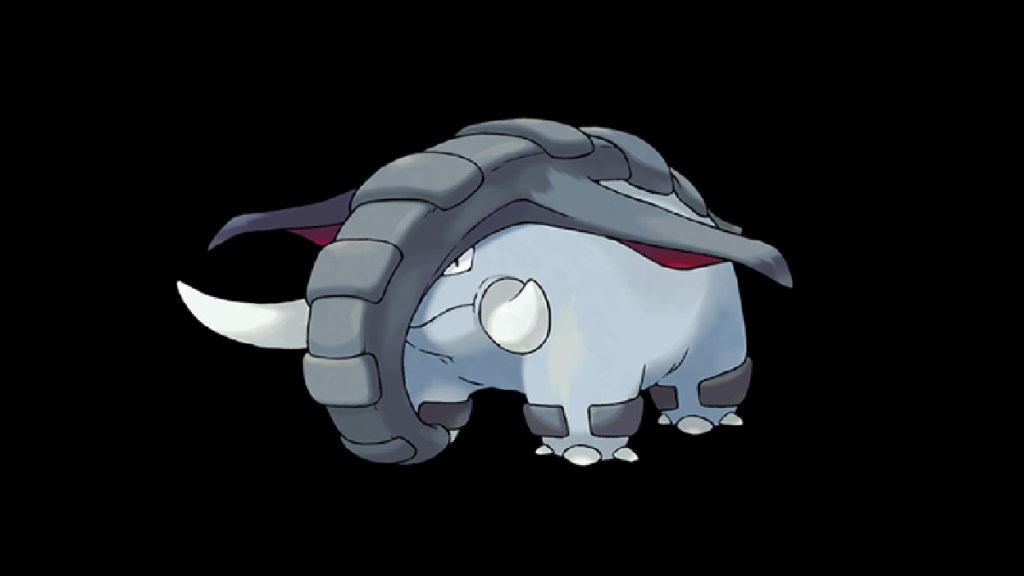
Pure Ground types are what the name implies: they do not have secondary types. This means they fully experience the upsides and downsides of being a Ground-type. They will be weak against Grass, Ice, and Water-type moves, and will receive the normal amount of damage from Ground-type attacks.
Related: Pokemon GO Psychic Weakness
Half-Ground types
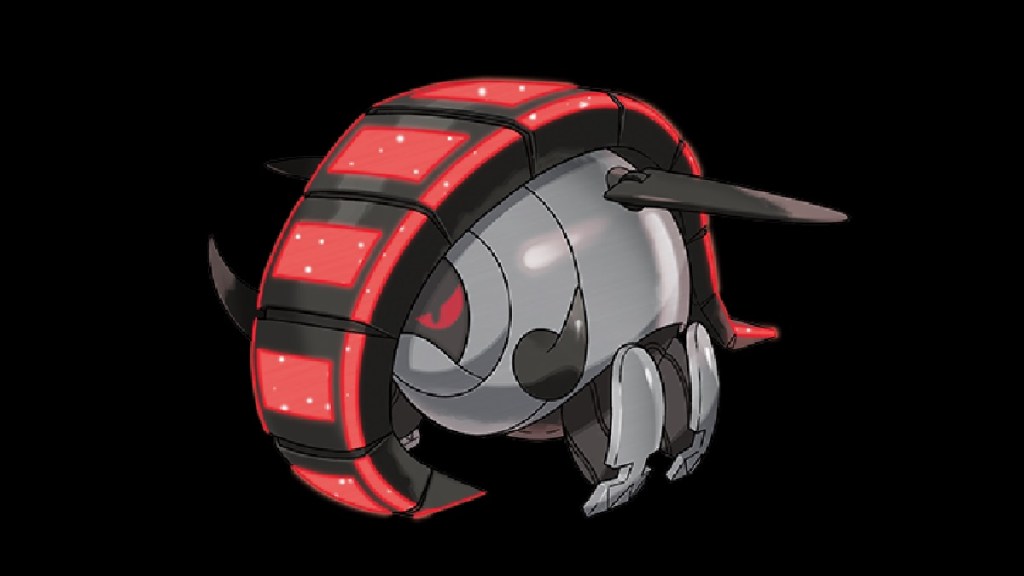
Half-Ground types, on the other hand, are dual types that benefit from the perks they get from their other type. Some are Primary Ground-type (their secondary type can be Water, Ice, Fire, and so on), while some are Secondary Ground-type (these have Ground as their secondary type).
Half-Ground types having a secondary type enjoy additional resistances and immunities pure Ground types do not have. Ground/Flying-type Pokémon like Gligar, Gliscor, and Landorus, for example, are immune to Electric-type attacks (because they are Ground types) and Ground-type moves (because they are also Flying types). This is worth noting as Flying types are weak against Electric-type moves, and Ground types cannot escape Flying-type attacks.
Half-Ground types also share the weaknesses of both types. Ground/Fire-type Pokémon like Numel, Camerupt, and Groudon, for example, are weak against Ground-type attacks because they are also Fire types. The same applies to Ground/Electric types like Stunfisk and Sandy Shocks—they are weak against Ground-type attacks because they are also Electric types.
In summary, players should know that a Pokémon’s secondary type is just as important as their primary because it determines their strengths. Knowing what a Pokémon’s type is and its corresponding immunities, resistances, and weaknesses are crucial to winning matches, especially at higher levels.


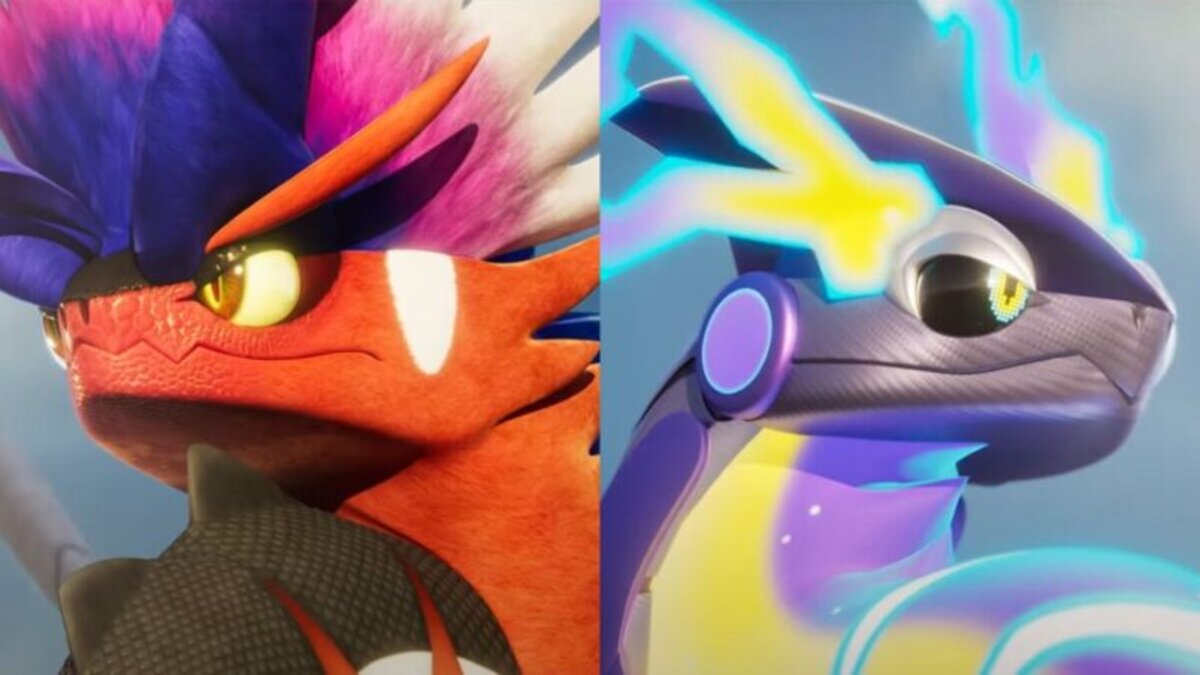



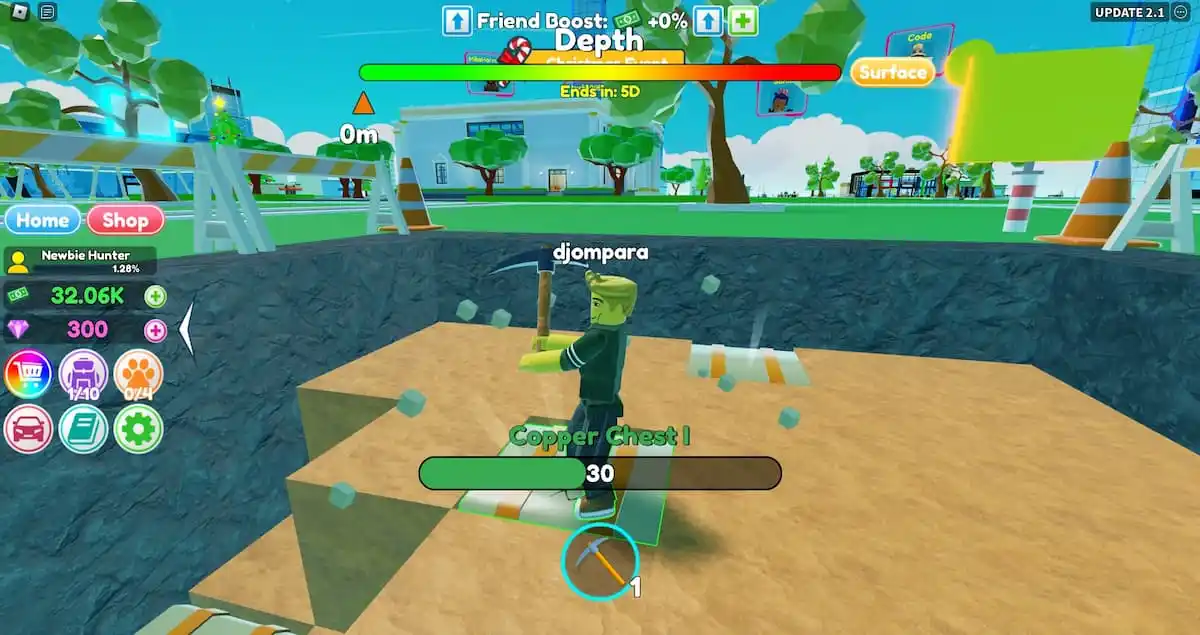
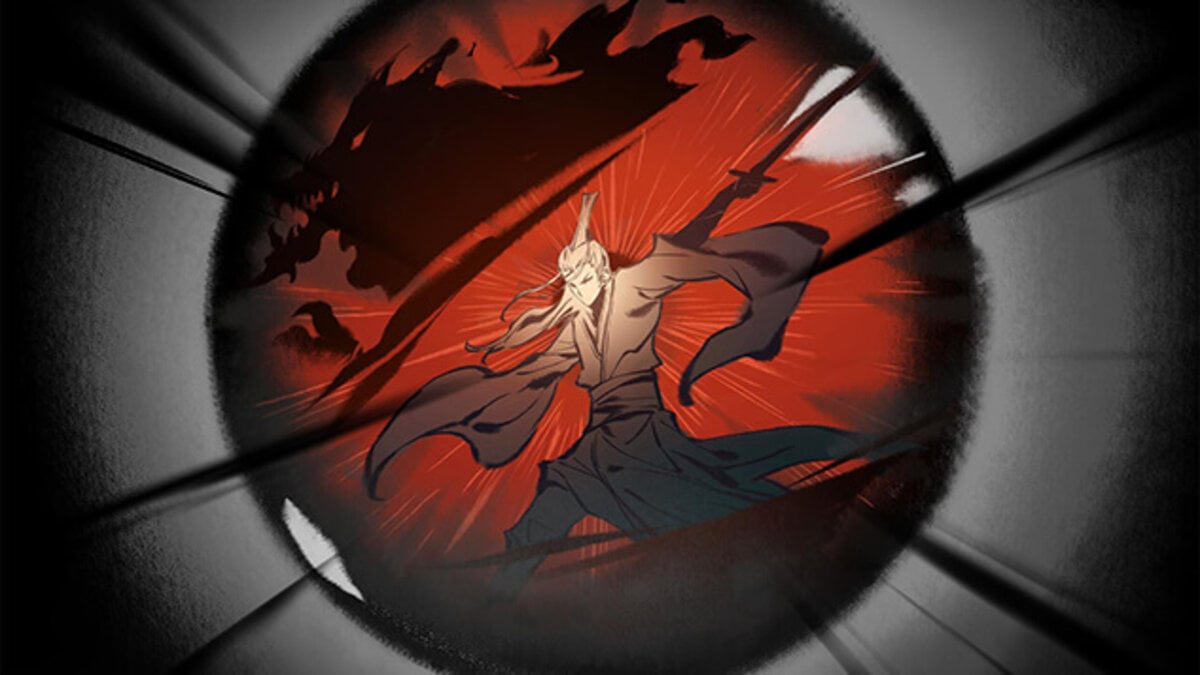



Published: Jan 20, 2023 08:59 am